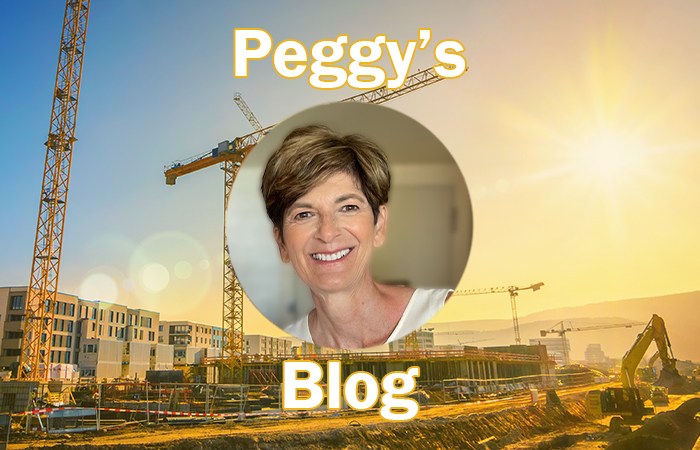Last week, I had the pleasure of attending Year in Infrastructure 2025, learning about new offerings from Bentley Systems, hearing inspiring case studies from award winners, and meeting with others in this community to discuss the latest trends in infrastructure. Allow me to share with you what I learned. Here’s a hint: AI (artificial intelligence) was front and center, just as it is in many discussions today.
“AI is emerging across design, construction, and operations, touching every phase of the infrastructure lifecycle,” says Nicholas Cumins, CEO, Bentley Systems. “The outcomes go well beyond time savings. They are showing us a better way to work. Infrastructure professionals are using AI not just to automate, but to optimize decisions and outcomes in ways we couldn’t have seen before.”
According to the company’s report The Impact of Artificial Intelligence on the Built Environment, we see 20% of respondents say AI is strategically important and already widely used with plans for organization-wide adoption and expansion, and 24% are trialing AI applications with a selected part of the organization, and another 24% have implemented AI within some parts of day-to-day operations with a view to widening use across their organization.
Use cases for AI in the construction and infrastructure sector could include, but are not limited to:
- Realtime tracking of site progress
- Realtime asset monitoring
- Realtime monitoring for health, safety, and compliance on site
- Optimizing material and energy use
- Optimizing design and engineering
- Improving cost estimating, forecasting, and scheduling
- Automating document processes
- Automating construction schedules
The bottomline is many organizations are now considering the use of AI in infrastructure, and trials, adoption, and research are currently underway. Do risks exists? Certainly. Do challenges arise? Absolutely. But the cost of not acting is too high. Thus, 40% anticipate a significant impact on their current business model.
The Sights and Sounds from Year in Infrastructure 2025
Let’s explore three big announcements that came out of the event last week:
Bentley Infrastructure Cloud Connect is a new layer of Benley Infrastructure cloud, which provides a connected data environment. The objective here is to improve collaboration across the infrastructure lifecycle and value chain by allowing users to explore a big-picture view of their entire portfolio in geospatial context. The company emphasizes the secure, open, and scalable environment to store and manage infrastructure files and data.
New infrastructure AI capabilities were also a top talking point at the event. Benley announced an Infrastructure AI co-innovation initiative, inviting engineering firms and asset owners to collaborate on the next generation of AI workflows. The company also unveiled next generation applications for substation design and construction management, which builds on its introduction of OpenSite+ for civil site design that was announced at last year’s conference. The company emphasizes its commitment to data stewardship in this area.
Also, consider the announcement of new reality modeling services in Cesium, which was acquired by Bentley Systems roughly a year ago. With the new reality modeling capabilities, Cesium ion can create detailed 3D visualizations—reality meshes, point clouds, and Gaussian splats—directly from imagery, annotated by AI, ready to stream within applications using open standards. The company emphasizes it has made progress in integrating technologies from both companies and in advancing its open platform for the built and natural environment.
“With these new capabilities, we have the opportunity to break the iron triangle of time, cost, and quality,” says Cumins. “By making our existing time more productive and transforming how we work, we close the capacity gap.”

As someone who has covered construction since 1998, what inspires me about this Cumins quote is that we have a tremendous opportunity to guide future generations through our leaders about the impact simply by helping us understand why these three words have so much impact on infrastructure and construction. Tomorrow has never looked brighter. We only must open our eyes to witness its brilliance.
Want to tweet about this article? Use hashtags #construction #IoT #sustainability #AI #5G #cloud #edge #futureofwork #infrastructure #YII2025


